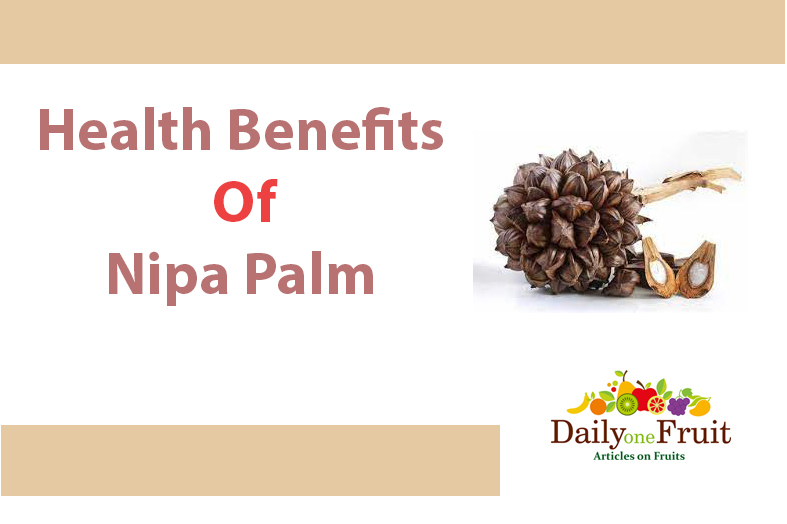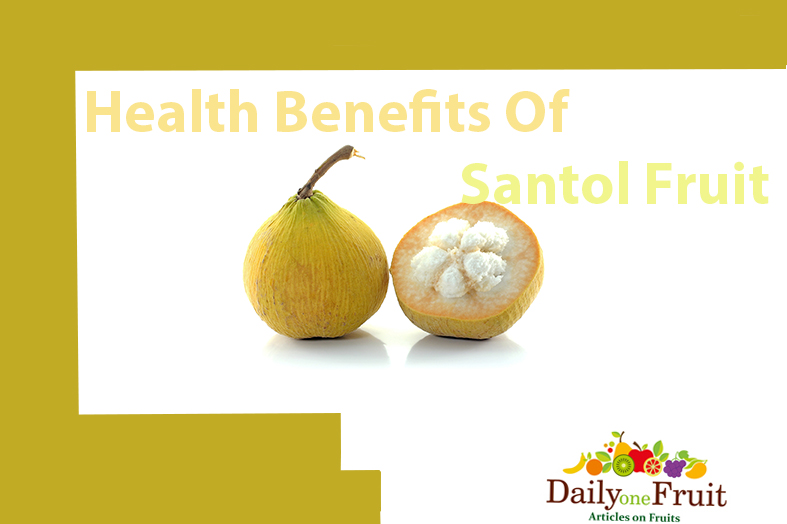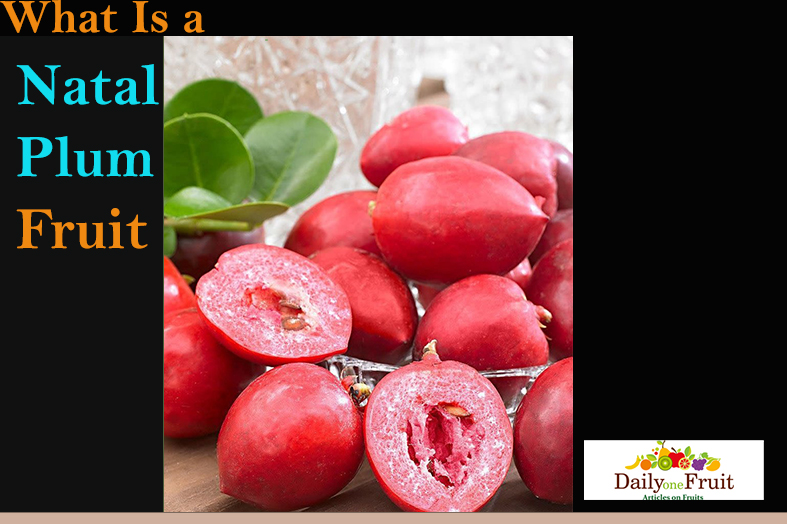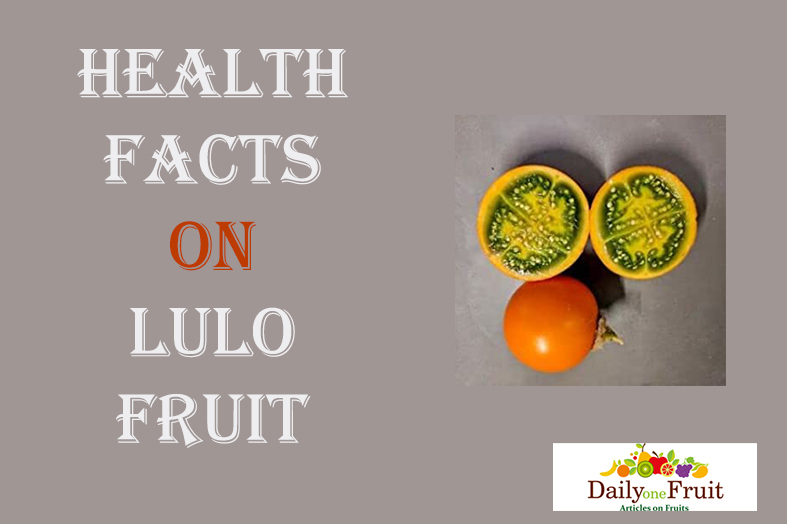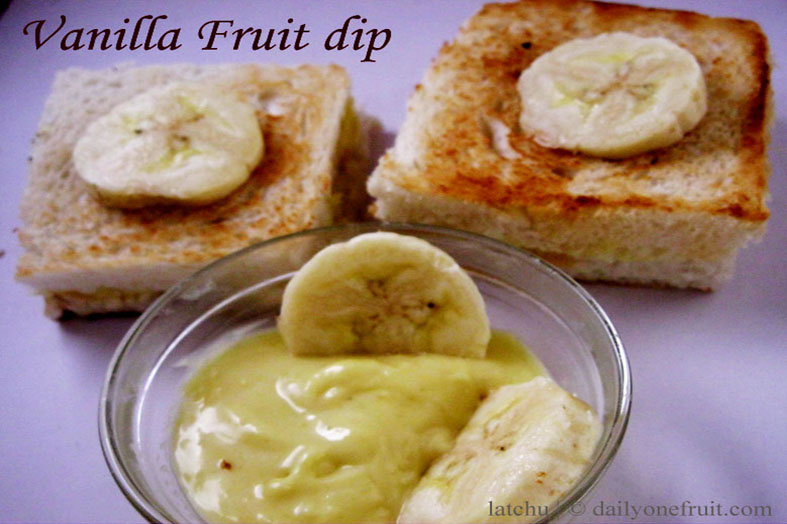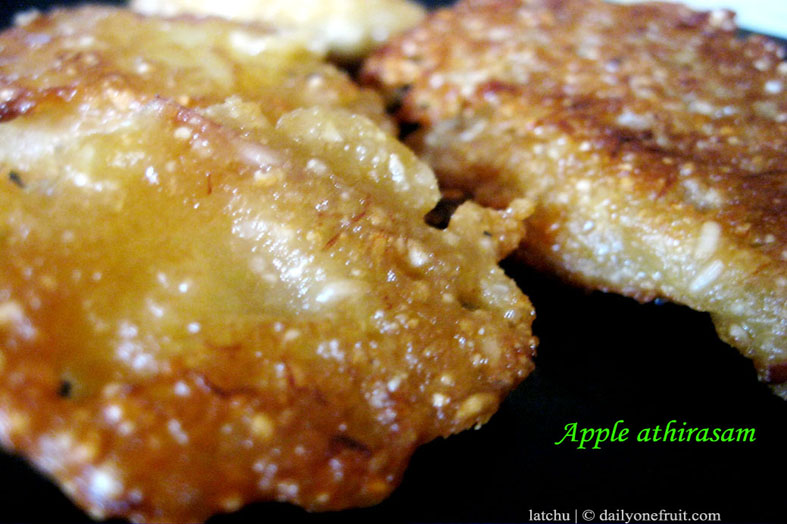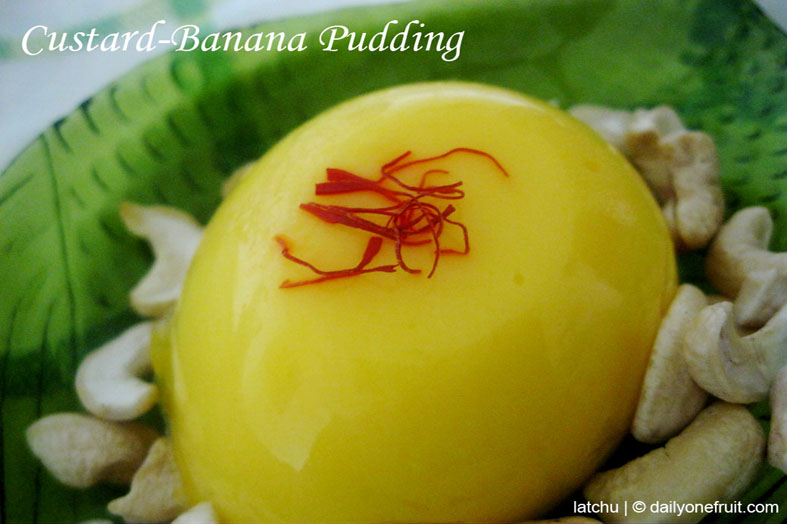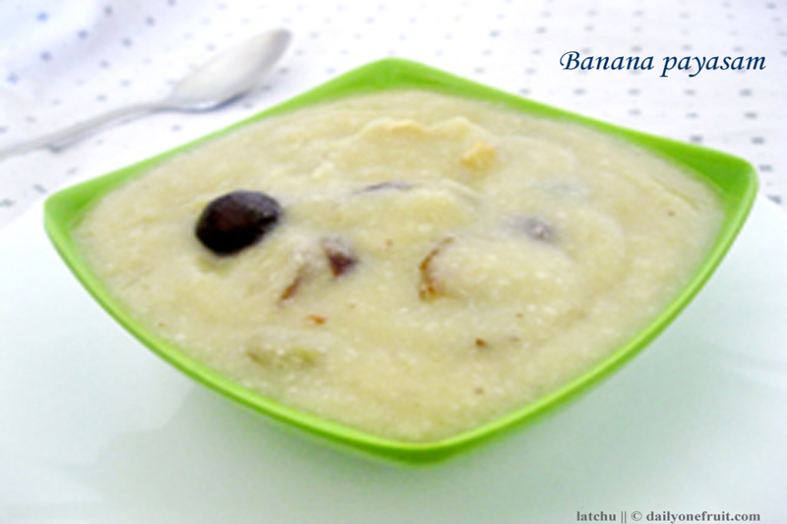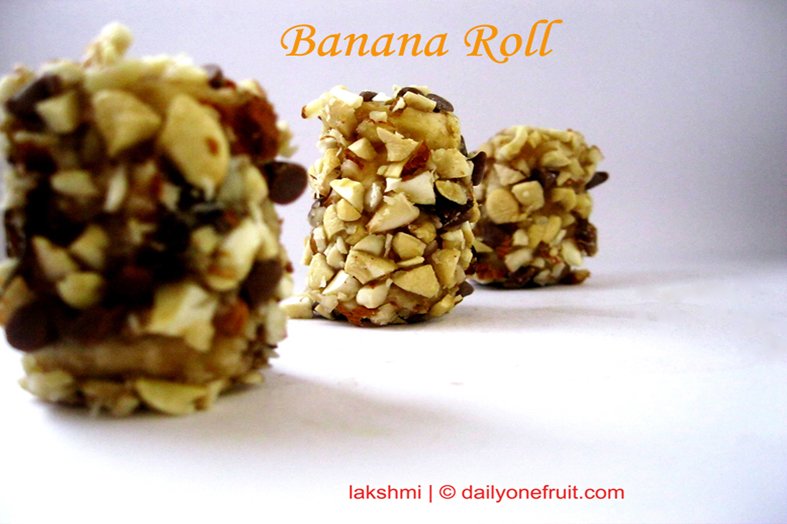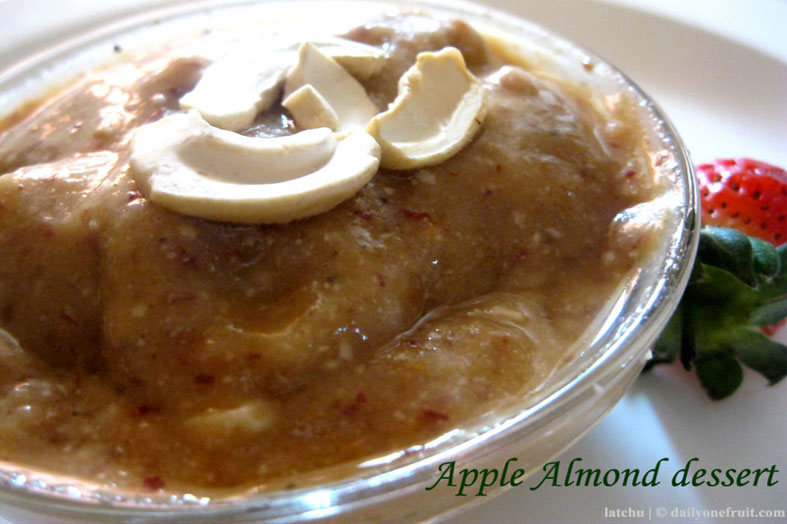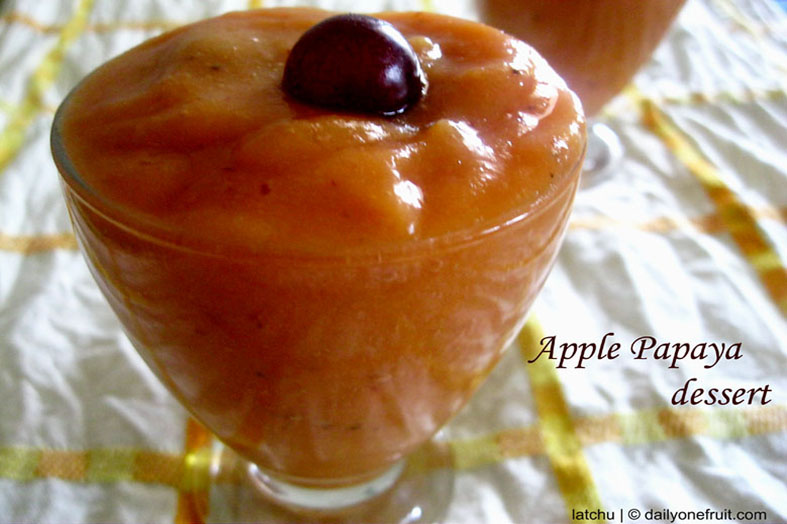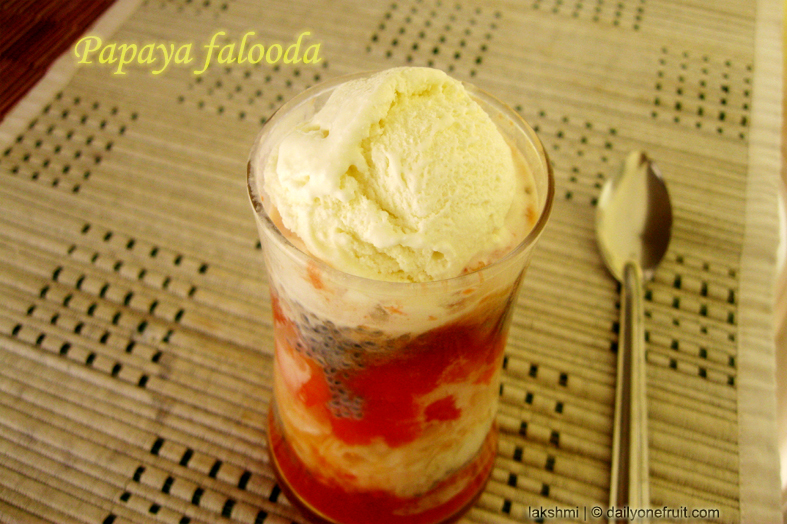Interesting Facts On Rollinia Deliciosa Fruit
Rollinia deliciosa fruit is scientifically called as “Annona mucosa” .
ORIGIN OF ROLLINIA DELICIOSA FRUIT
Annona mucosa is a species of flowering plant in the custard-apple family, Annonaceae, that is native to tropical South America.
OTHER NAMES OF ROLLINIA DELICIOSA FRUIT
Biribá, lemon meringue pie fruit, wild sugar-apple .
APPEARANCE OF ROLLINIA DELICIOSA FRUIT
Biribá is a fast-growing, flood-tolerant, sun-loving tropical tree, with leaves up to 35 cm long.
Rollinia deliciosa fruit is large, conical, or round, green when unripe, ripening to yellow.
Rollinia deliciosa fruit surface is covered with soft spines or protuberances which bruise and blacken with handling, giving it an unappealing appearance.
TASTES OF ROLLINIA DELICIOSA FRUIT
Rollinia fruit pulp is very soft and sweet, tasting somewhat like a lemon meringue pie.
VARIETIES OF ROLLINIA DELICIOSA FRUIT
‘Regnard’ is perhaps the best-known cultivar, which was introduced into the Philippines in 1917.
The largest is ‘biribá do Alto Solimoes’, developed in Brazil, which can weigh up to 4 kg, making it probably the third largest fruit of the Annona family after the junglesop and the soursop.
NUTRITIONAL CONTENTS OF ROLLINIA DELICIOSA FRUIT
Amino acids such as tryptophan, threonine, methionine, and lysine are seen in the Rollinia fruit.
Food Value Per 100 g of Edible Portion
Calories 80
Moisture 77.2 g
Protein 2.8 g
Lipids 0.2 g
Glycerides l9.1 g
Fibre 1.3 g
Ash 0.7 g
Calcium 24 mg
Phosphorus 26 mg
Iron 1.2 mg
Interesting facts on Rollinia deliciosa fruit
Relieves Pain
The leaves of the Rollinia deliciosa fruit plant have analgesic properties that can help in relieving pain on open wounds. Rollinia deliciosa juice also support in healing the wounds, while relieving the pain from the injury.
Rejuvenates Skin
Vitamin c and other antioxidants found in Rollinia, such as polyphenols, saponins and flavonoids that help in the hydration of the skin and in the prevention of premature aging. These antioxidant eliminates free radicals by stimulating the production of collagen and elastin.
Prevents Urinary Tract Infections
High water content, in the Rollinia fruit is effective in treating and preventing urinary tract infections such as urethritis, and haematuria (blood in the urine). Rollinia Fruit juice is considered as best medicine in case of urethritis and liver disease.
Fortifies Bones
The Rollinia is an excellent source of calcium , Zinc and phosphorus which maintains bones density, allowing the vitamins in the fixation of Calcium and mineral formation of bone tissue.
Moisturizes the body: The pulp of Rollinia contain almost 84% water, which moisturizes the body. It acts as a natural diuretic for the treatment of edema or water retention.
Combats Cancer: Rollinia fruit extract, seed and fruits have used to kill cancer cells up to 10,000 times more than drugs used in chemotherapy because they prevent them from producing the energy they need to grow and multiply.
Accelerate Metabolism: Vitamin B1 in Rollinia fruit speeds up metabolism, blood circulation and prevents nervous disorders. Rollinia contains vitamin B2, which is vital for the body’s energy production, fat storage, nervous system functioning.
Excellent Anti-Inflammatory: Rollinia fruit has high amount of fibre, folate and carotenoids that helps to protect against cancer on the mouth, larynx, pancreas, lung, skin and stomach. Rollinia has magnesium and zinc that reduce pain and inflammation naturally.
Helps to get rid of Lice: The nutrients in the Rollinia fruit such as amino acids, calcium, carbohydrates, iron, phosphorus, thiamine and fibres that can stops parasites in the body such as lice.
Aid Weight Loss: High fibre content in Rollinia provide in weight control that reduce the hunger , reduce the glycaemic index of the meal, by decreasing the accumulation of blood glucose as fats.
Good For Heart: Potassium and Vitamin B1 ensures health of the cardiovascular system by regulating blood pressure. Vitamin B1 may help the body to dispose of toxins and protect cells of the heart from becoming damaged.
Good for Muscles: The Rollinia fruit is rich in potassium, which allows better efficiency in the contraction of skeletal muscles, which is fundamental in practicing physical activities such as body building, running, improving performance and avoiding fatigue and cramps.
Supports Digestion: Rollinia fruit contain Magnesium that helps to make enzymes in our saliva and break food down into smaller parts, helping the entire digestive process. Vitamin B2 helps in the metabolism of carbohydrates, fats, and ketone bodies, besides enhancing the mucous membrane in the digestive tract.



